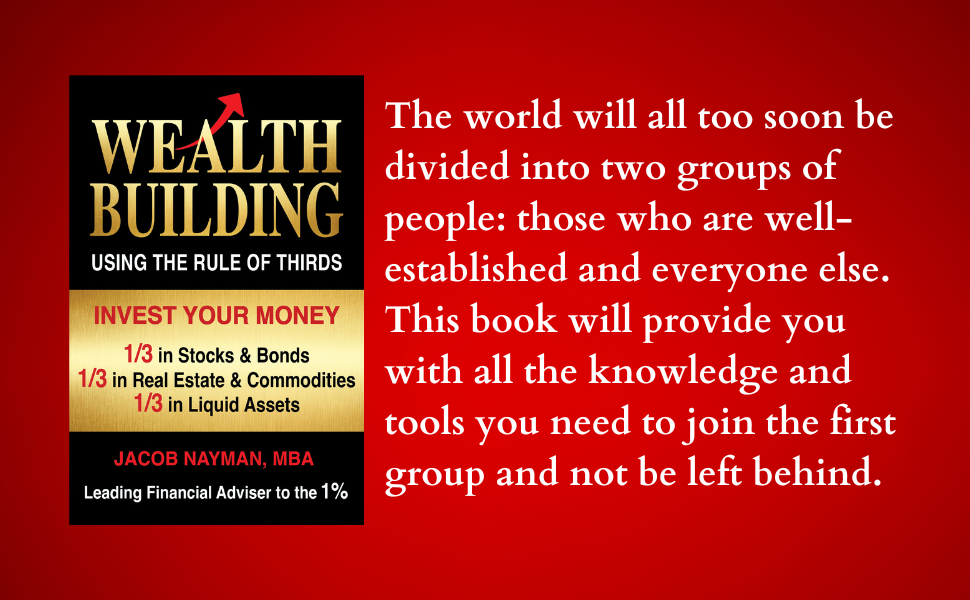I recently finished reading Wealth Building Using the Rule of Thirds by Jacob Nayman, and as someone who enjoys exploring personal finance and wealth management, I was eager to dive into its pages. The promise of actionable strategies to achieve financial independence resonated with my current interests, especially given the challenging economic climate we live in today.
Nayman presents a unique perspective with his "rule of thirds," which aims to guide readers in building a profitable investment portfolio. His extensive experience advising high-net-worth individuals lends credibility to his insights. One of the highlights of the book was the practical approach to wealth management. Nayman doesn’t just provide abstract theories; he delves into specific strategies that are tangible and applicable. His straightforward writing style made complex financial concepts more digestible, which is a tremendous benefit for novice investors like myself.
However, while I appreciated the detailed examples and useful advice, I did notice some areas that could benefit from improvement. Some readers have mentioned that the book could have included more visual aids or charts to break down the information. Personally, I felt that a few more graphical representations could have enhanced my understanding, especially when discussing investment diversification. Additionally, I found the pacing to be a bit uneven; certain sections felt rushed while others lingered too long. This made it a challenge to stay fully engaged throughout, particularly in the middle chapters.
Despite these drawbacks, the book did exceed my expectations in several key areas. For instance, Nayman’s emphasis on creating a significant passive income is a timely and relevant topic for anyone looking to secure their financial future. His strategies are designed to work regardless of your background or education level, which is empowering. This inclusivity is a breath of fresh air and opens the door for a wider audience to explore wealth-building opportunities.
The section on diversification stood out to me, highlighting how essential it is in today’s unpredictable financial landscape. I completely agree with Nayman’s assertion that a mixed portfolio not only mitigates risk but also enhances potential returns. Furthermore, the reminders that financial independence is not merely a dream but a reachable goal were indeed motivational.
On the flip side, some of the real-world applications can feel overly simplified at times. While it’s beneficial to have straight-to-the-point strategies, I found myself yearning for deeper insights into how those strategies could be implemented over the long term and under varying market conditions. It would have been helpful if Nayman had included more case studies or success stories to illustrate his points more vividly.
Overall, Wealth Building Using the Rule of Thirds is a practical guide that reinforces the fundamentals of sound investing while encouraging readers to take actionable steps toward financial independence. With solid advice from someone who has been in the trenches, Nayman’s writing exudes a tone of empowerment that I deeply appreciated.
In conclusion, if you’re looking for a book that offers clear strategies for building wealth amidst today’s economic challenges, this one most certainly fits the bill. Just keep in mind that although it has its imperfections, the knowledge and practical tips you gain will certainly outweigh any minor frustrations. I would recommend this book to anyone eager to start their journey toward financial independence, armed with a roadmap that promises to make the climb feel a little less daunting.
Discover a balanced approach to wealth building with a proven investment strategy. >>








